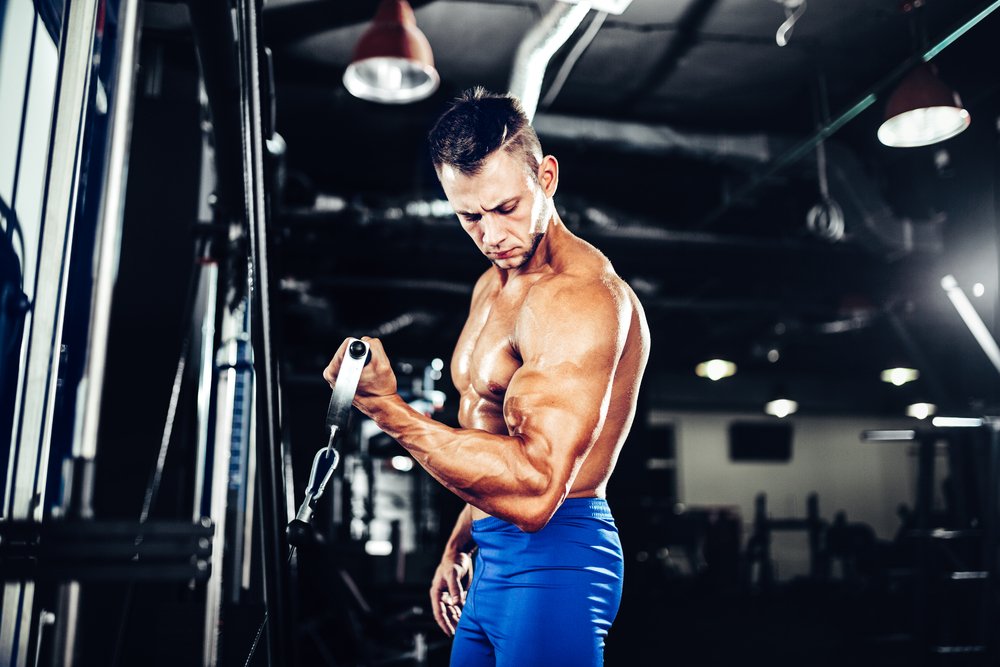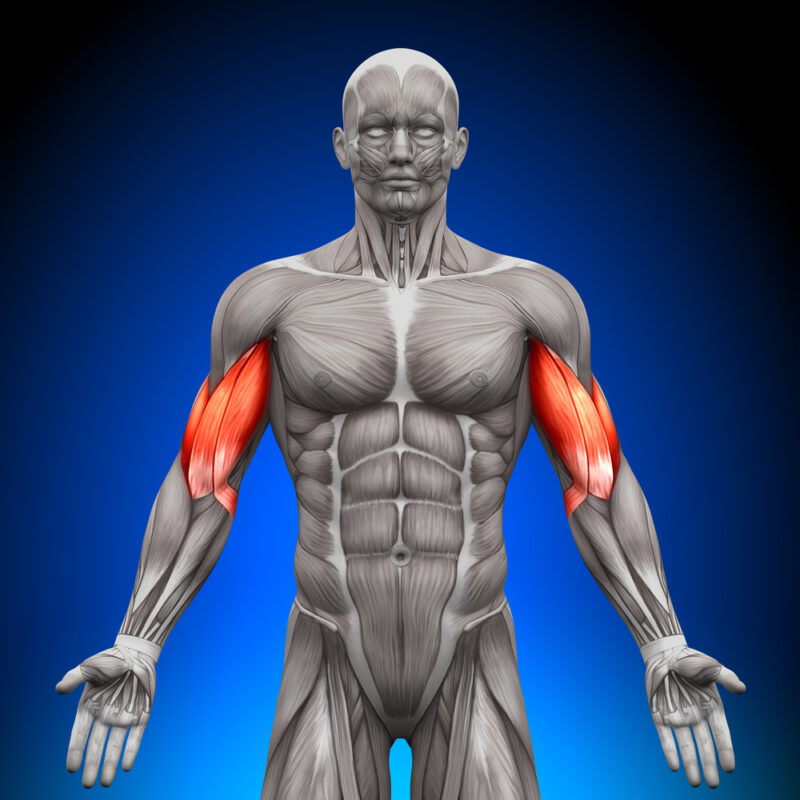If you’re wondering what bicep head cable curls work, then you’ve come to the right place.
In this article, we look at cable curls in more detail to find out which bicep head they work, and how you can target each bicep head a bit more by making small changes to the exercise.
Which Bicep Head Do Cable Curls Work?

Cable curls, like many other curl variations, are highly adaptable.
This means that they’re great at working both the short head and the long head of your biceps depending on certain factors throughout the exercise.
If you use the right attachment and the right hand position, you can target whichever bicep head you want to.
How To Target The Long Head More During Cable Curls
Cable curls allow you to use different attachments to vary the exercise quite a bit.
For example, you might do cable curls using a bar attachment, a rope attachment, or multiple other attachments that may be available at your gym.
If you’re trying to target the long head of your biceps more, then an attachment that allows you to have your hands close together will be of most benefit.
Close grip cable curls put lots of focus on the long head of your biceps, so can go a long way in building a bigger bicep peak.
How To Target The Short Head More During Cable Curls
The key to targeting the short head of your biceps more with cable curls is in adopting a wider grip throughout the movement.
A barbell attachment will likely be very good for this as you can have your hands further apart during the exercise.
This wider hand position brings the short head of your biceps into play much more and can quickly add width and thickness to your upper arms.
Another very effective cable curl variation for the short head of your biceps is hammer rope curl.
Although this brings your hands close together, it also puts them into a neutral grip position.
A neutral grip is very good at causing activation in the short head, so this makes for a very effective short head-building exercise.
The Anatomy Of The Biceps

Your biceps are a large muscle in your upper arm.
The muscle sits between your elbow and your shoulder and has the role of rotating your forearm as well as flexing your elbow.
The word bicep comes from the Latin name of biceps brachii, which means two-headed muscle of the upper arm.
This is a great way of explaining the makeup of your biceps as the muscle comprises of two heads – the short head and the long head.
Each head adds something different to the overall look of your biceps.
The long head of your biceps is what builds the peak of the muscle.
If you want your biceps to bulge when flexed, a well-defined bicep peak is what you need.
The short head adds width and thickness to the muscle so is a good focus point if you want fuller arms.
What Other Muscles Do Cable Curls Work?
The main muscles being worked during cable curls are the biceps.
These are the focus of pretty much all curl variations regardless of what equipment you are using for the exercise.
That doesn’t mean that no other muscles come into play during cable curls though, as they certainly do.
As cable curls aren’t an isolation exercise, multiple muscle groups play a part in the movement.
Your deltoids (shoulders) assist in the movement, as do your forearms and the brachialis which is the muscle underneath your biceps.
Your core and back muscles can also play a role in keeping your body in the correct position throughout the movement.
Making sure your technique is correct and the weight you are lifting is appropriate are very important to get the most out of cable curls.
Incorrect technique or lifting too much weight can move the focus from the target muscle groups to other areas.
This can cause injury as well as reduce the effectiveness of your training.
Sources
I’ve been in the fitness and strength training industry for nearly a decade. In that time, I’ve gained 30 pounds of muscle, written hundreds of articles, and reviewed dozens of fitness supplements. As for my educational background, I’m a currently studying for my Active IQ Level 3 Diploma in Personal Training.

